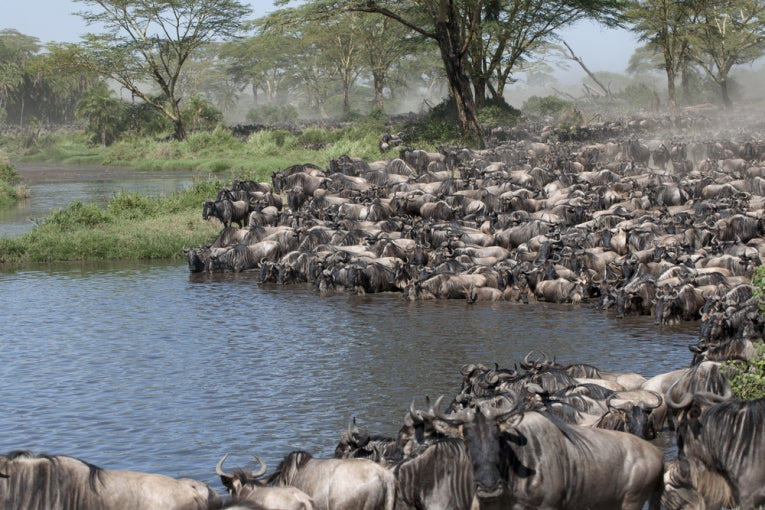Africa is the remains of an even bigger continent, the super-continent of Pangaea. The Victoria Falls, 180mya, was formed by massive volcanoes that created this new continent and split the early super-continent into smaller pieces. Around Egypt there was a shallow sea like the present day Mediterranean, with fossil whales to prove it, in the western desert. These were the first whales, tempted into marine evolution by the prey they could find in the shallow waters. It sees the evolution of many species is associated with these tremendous changes in land-form and that of seas and oceans. Iain Stewart is the man responsible, not for the rise of the continents we now know, but the television programme airing on the subject (check your schedules, on the BBC, for example).
He goes into the diamond mines of Sierra Leone in the first programme too. This proves to be evidence for the grinding of tectonic plates as the new Africa arose from the literal ashes of the volcanoes. In the Serengeti the rich grassland that those wildebeest feed on indicates volcanic ash. This ash that fertilizes the grass originates in not one volcano, but many. There is a plume of the earth's mantle just below the continent which is close enough to the surface to tear up the whole land mass! In future programmes, the Professor goes near the top of the Nepalese Himalayas to prove the ammonite fossils there lived at the bottom of the ocean. Hence the Eurasian land-mass, formed as India left Africa and bumped into Asia. Other less obvious programme highlights deal with the marsupials and others that crossed between the 2 great American continents when they "joined up," 3 mya. That explains why South Americans of the camel family actually originated in North America! This is a series full of surprises.
The whole story, starting with the original loss of South America from Pangaea, then Antarctica and Australia becoming first one, then two continental masses, is fascinating. With the land masses went the land reptiles of the time. Then, according to Iain Stewart, evolution really began to select our current groups of animals and plants on earth as we see them - or at least those we haven't personally made extinct.










